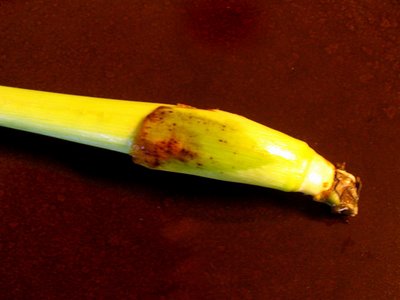Planted Yaupon Holly
Today the first of the Poblano Peppers began to emerge. They have taken 17 days to germinate due to the cooler temperatures we have been having recently. As the temperature continues to rise, they should begin to grow quickly.
This afternoon we planted several packets of Zinnia Seeds in the area just west of the oleanders.
Today we completed the final section of the rock work for the Natural Rock Planter. After the masonry has had a few days to cure, we will fill the new section of the planter with soil. We will then be ready to add the plants.
Today we planted some of the Jalapeño Pepper Seeds. We planted them in the first, third and fifth flue tiles along the property line next the garden area north of the house. the second and fourth flue tiles have Poblano peppers.
Jalapeño peppers are named after the town of Jalapa in the Mexican state of Veracruz. They are bright medium to dark green, tapering to a rounded end and measure about 2 to 3 inches long and 1 to 1½ inches in diameter. They are thick fleshed and have a green vegetable flavor. They are probably the best known and most widely eaten hot chile in the United States and the first chile to be taken to space, in 1982. Jalapeños can be added to almost anything that you want to spice up: salsas, stews, breads, sauces, dips etc. they can be diced up and used as a topping for snack foods. They are also good pickled (en escabeche) or roast them and stuff them with cheese, fish or meat to be served as cocktail snack.
Today we saw the first humming bird for this year. Last Friday we thought we heard one flying around the Japanese Maple, but didn't see it. Today we heard one flying and then saw it feeding on the azaleas. We put out one of the hummingbird feeders this afternoon.
